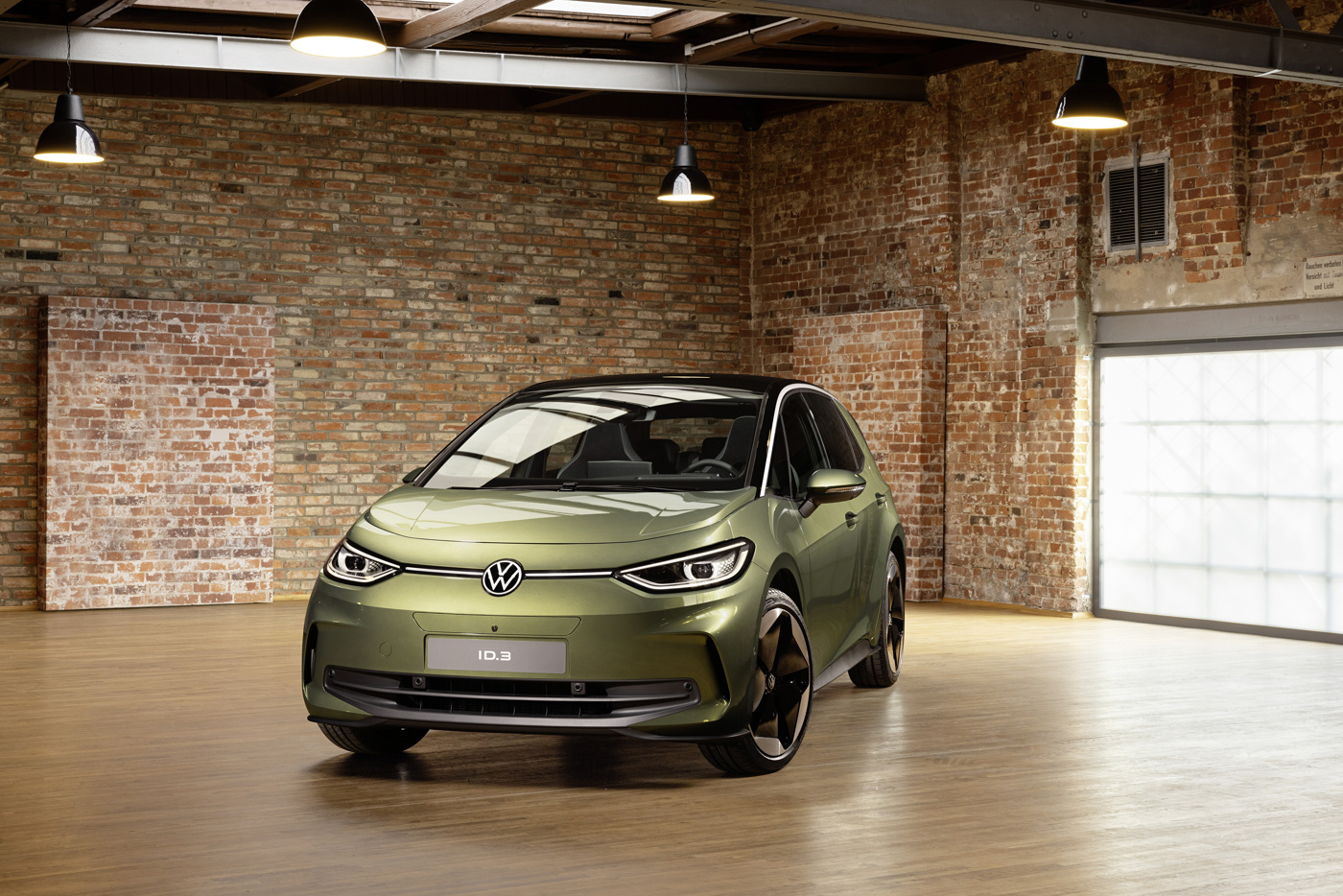Volkswagen has refreshed the design of its ID 3 electric vehicle (EV) less than three years after it became the brand's debut model in a new range of zero-emissions models.
Restyled bumpers and a new bonnet are the most apparent features of the updated model, which also features improvements to its cabin quality and new on-board technology in its new guise.
Featuring VW’s latest ID operating system software, the updated EV will feature a new Plug & Charge function, which enables it to authenticate itself and start the charging process automatically when plugged in at a charging station.
The ID 3’s new navigation system has also been updated to factor in charging stops when planning a route.
A 10-inch central infotainment system screen and 5.3-inch instrument cluster display remains standard on UK-spec cars from launch, however, while European models will be fitted with an updated 12-inch central display.
In other areas of the facelift, VW says it has responded to customer feedback and enhanced the quality of interior materials.
New door panel inlays with softer padding and ambient lighting form part of the changes. The car maker has also opted to use more recycled materials.
Kai Grünitz, member of the brand board of management responsible for development at Volkswagen, said: “With the new ID.3 we are bringing premium technologies into the compact class – in line with our Volkswagen goal of successively offering innovations in the whole model range.
“This is also reflected in the latest-generation convenience and assist systems in the ID 3. By using swarm data in the Travel Assist system, we are taking the next step on the path to highly automated driving.”
The new ID 3 is one of 10 new VW EVs set to be launched by 2026.
This year will see the first full year of ID Buzz minivan sales for UK retailers which already count the ID 3, ID 4, ID 5 and ID 5 GTX among their zero-emissions offering.
VW has not released the pricing or specification details for the new ID3, but it is expected to maintain the existing powertrain line-up featuring a either 58kWh or 77kWh battery paired with a single 200PS motor.
The manufacturer quotes a WLTP range figure of 265 miles for the smaller battery and 339 miles for the larger unit.














